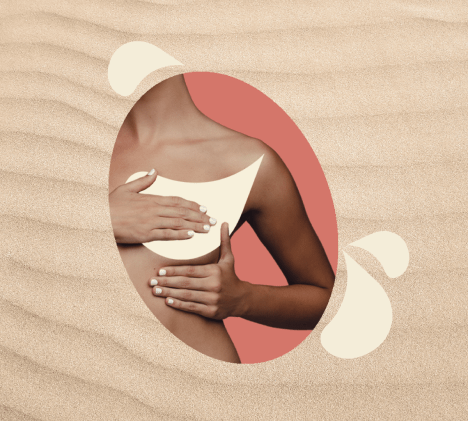
Body
Get to know your body through a better understanding of your anatomy and find the answers to some of your most common questions.
Back
All topics

4 resources

19 resources

6 resources

4 resources

6 resources
Back
All topics

9 resources

12 resources

4 resources

11 resources

2 resources
Back
Back
All topics

17 resources

11 resources

17 resources

2 resources

Mauj Products
We’ve designed our products to help you explore your body, solo or otherwise. Whether you’re a curious novice or a seasoned explorer, this is for you.
Back
All topics

4 resources

19 resources

6 resources

4 resources

6 resources
Back
All topics

9 resources

12 resources

4 resources

11 resources

2 resources
Back
Back
All topics

17 resources

11 resources

17 resources

2 resources

Mauj Products
We’ve designed our products to help you explore your body, solo or otherwise. Whether you’re a curious novice or a seasoned explorer, this is for you.

Many of us enter the world of sexual experiences with a mix of fear and confusion, partly because it's seen as taboo and rarely talked about openly in our society. On top of that, mainstream media and pornography have set unrealistic expectations about what happens during and after sex. This compounds our confusion and leaves many of us guessing, unsure if our own experiences are typical or cause for concern. One such experience is post-orgasm discharge – or female ejaculation.
Understanding the distinctions between healthy and abnormal post-orgasm discharge helps us to better understand our bodies, recognize potential health issues, and enhance our sexual well-being.
Here’s a breakdown of the various types of discharge that can occur after orgasm, what they indicate about our sexual health, and how to know when it might be time to consult a healthcare professional.
There are generally two types of fluids that might be expelled after an orgasm:
This is the most common type of discharge women notice after sex or self-pleasure. It can be clear, white, or slightly cloudy and is primarily composed of vaginal lubrication produced in response to sexual arousal. This fluid helps to reduce friction during sexual activity, making the experience more comfortable and enjoyable.
Originating from the Skene’s glands, located near the urethra, this fluid is sometimes released in small quantities during or after orgasm. Contrary to popular belief, it is not urine but a milky fluid that may vary in consistency and amount. Its production and release can depend on numerous factors, including individual physiology and the intensity or type of stimulation received.
The discharge you see after orgasm is a natural response of your body to sexual stimulation. During arousal, increased blood flow to the genitals leads to the production of vaginal fluids. These fluids serve multiple purposes, such as facilitating sexual intercourse, increasing sexual pleasure, and providing a mechanism for cleaning and maintaining the health of your vaginal tissues.
The terms "female ejaculation" and "squirting" are often thought to mean the same thing, but recent research suggests they describe different phenomena. "Female ejaculation" as described above refers to a small amount of milky fluid that is secreted from the Skene's glands during orgasm, similar in texture to male ejaculate. This is distinct from "squirting."
"Squirting" involves the release of a clear fluid through the urethra. The amount and force can vary, with some women experiencing a forceful stream and others a more gushing sensation. This can occur during arousal or climax.
We’ve answered women’s most googled questions about squirting in a detailed resource. Explore it here.
For most women, seeing discharge after an orgasm is both normal and healthy. However, it's crucial to know when this discharge might suggest a health concern. Signs such as a foul odor, itching, burning, or an unusual color (like green or yellow) could indicate an infection, such as bacterial vaginosis or a sexually transmitted infection (STI). If you notice any of these symptoms, it’s important to consult a healthcare provider for evaluation and treatment.
Understanding sexual health helps you take control of your body and enjoy your experiences without worry. Knowing what’s normal and what might be a sign of a problem lets you approach intimacy with confidence. Embrace this knowledge, and enjoy your sexual life more fully and freely!
Did you find the answer you were looking for? Is there something we missed? What did you think of this resource? We want to hear from you.



